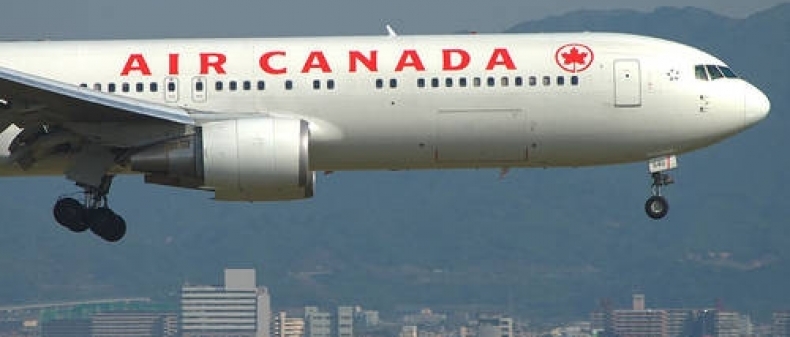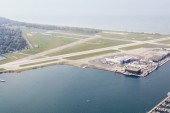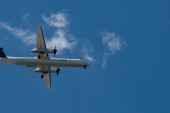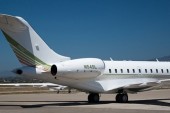
Air Canada, the country’s largest airline, has been beset by multiple labour challenges for the past year, culminating in a wildcat strike in March, and two illegal sick-outs.
In a final measure to broker a settlement deal, the carrier and the Air Canada Pilots Association agreed to a 10-day negotiation with a government-appointed arbitrator on Friday. Sure, some 3,000 pilots have been without a collective agreement since March 31 of last year, but will any of this really help the struggling airline?
Air Canada needs to go back to the drawing board; it’s time to shape up, or ship out. Battling venomous labour rulings, rising fuel prices, increased competition and airport and navigation charges, the beleaguered company is carrying a debt of $3.9-billion. After the most recent illegal job action on April 13, the airline’s public shares have been trading at just 87 cents, down from a high of $21 six years ago.
But, most importantly, to restore national faith in flying Air Canada, the service needs to be improved. Unlike smaller carriers, like Porter, Air Canada cannot afford to provide expensive perks like free food and beverages (including liquor), but they can provide a consistently dependable brand. These small carrier perks build company loyalty, which is precisely what Air Canada needs. Once based on reliability, it’s time to rebuild the airline’s image on perks and rewards programs.
Air Canada should look to the strength of WestJet: The company uses just one type of aircraft in its fleet, and solely flies direct (and mostly during peak season) to keep costs to a low. One of Air Canada’s weaknesses is its reliance on a diversity of aircraft, including Boeing 777s and small regional jets, too. Granted, this is a necessary requirement considering the amount of its daily flights and the diversity of national and international service, but rerouting the aircrafts based on regional needs, as the airline plans to do with 37 new Boeing 787s in 2014, will help rebuild the company’s fractured brand of homegrown reliability and simplify its associated labour and maintenance costs.
With annual operating costs reaching roughly a third higher than one of their biggest Canadian competitors, WestJet, the airline routinely runs at a loss. Though the company makes roughly $12-billion in sales a year, according to Maclean’s, last year, Air Canada paid roughly $3.4-billion for fuel, and another $1-billion in airport and navigation fees. Friday’s arbitration and its accompanying media blackout is a step in the right direction, especially if the two parties can agree to a settlement.
Back in March, the government legally restricted Air Canada workers from striking. In spite of this barrier, 12 pilots called in sick at the same time, and ground crews and baggage handlers walked off the job at Pearson International Airport, delaying, and cancelling over 100 flights. With any luck, successful talks with the pilots’ union will curb any associated employment tension within the airline’s other unions, including the aforementioned International Association of Machinists and Aerospace Workers.
Read More: A Pending Air Canada Strike? Not if the Government Has Their Way
Read More: Ottawa Grounds Air Canada
Yet, Air Canada CEO Calin Rovinescu is looking to slash $2-billion in labour costs through lower wages and employee benefits, and streamlining the workforce, and less popular routes, to smaller carriers. This vision, while extreme, is a necessary evil to keep the airline afloat. If Rovinescu can find a way to cut costs effectively, while assuaging the unions, he, and the company, can move on to step two; streamlining the fleet.
Rebranding the service with incentives to use Air Canada’s far-reaching flightpaths instead of international competitors, like United Airlines, or even British Airways, will encourage flyers to rely on the national service, and strengthen its national imaging through improved utility. Beyond those international flights, more Aeroplan points for regional routes will also help bring customers back to Air Canada.
But, getting customers back starts with better service, less non-weather delays and shorter wait times. From there, the airline can enhance the essential revenue streams necessary to strategically re-route their aircraft, and minimize labour costs while still protecting the job security of their workers.
Air Canada is hemorrhaging losses, and needs to adjust its corporate flight path, or risk being left on the tarmac.
—
Joanna Adams writes for Toronto Standard. Follow her on Twitter at†@nowstarringTO.
For more, follow us on Twitter at @TorontoStandard and subscribe to our newsletter.














